
The International Center of Music aims to expand and intensify statutory activities of the Fryderyk Chopin Institute, making the team in Żelazowa Wola a thriving center of artistic and educational activities. This assumption requires architecture focused on the spirit of the place, inseparably connected with it, respecting the surroundings and the influence of the charming park – the monument and the birthplace of the composer.

Designing the northern façade facing the park as a multi-level glass gallery allows unrestricted insight into the surrounding landscape as well as for displaying the shape of the concert hall from the side of the park. The sculptural geometry of this façade with the fluctuations of glazing, pillars and walls, is divided into smaller fragments, reducing the scale of the whole, increasing lightness and at the same time giving dynamics. Thanks to many openings in the walls and ceilings and glazing, a kind of landscape is also created inside. It opens to the views and the viewer, shaping attractive, interesting and accessible architecture.
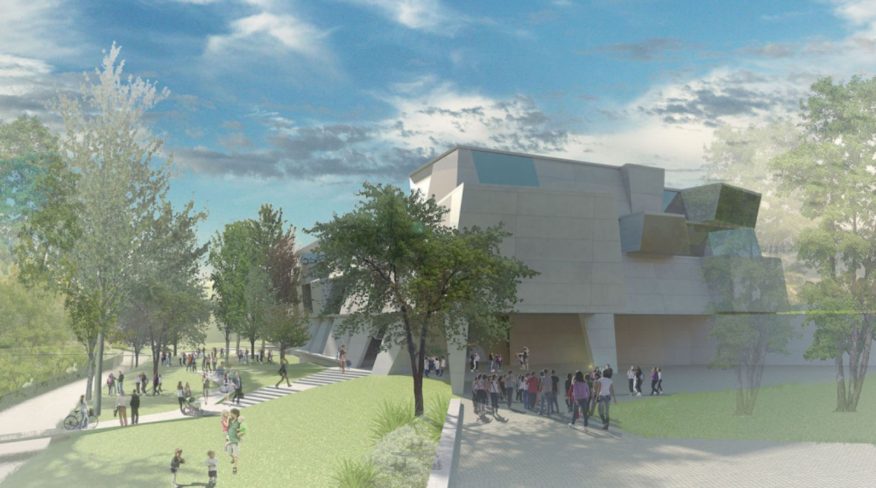
An unbreakable dialogue of space is created
In the building of the International Music Center there are 2 main communication routes for guests. The first, leading from the entrance zone on the east-west axis to the foyer of the concert hall and the second – the main courtyard with stairs in the form of a sculpture surrounding the interior, leading through all floors up to the roof terrace. A clear communication system and zones (concert, practice, education and conference) makes the building user-friendly.

Dialogue between Sound and Space
Music can express time, space and, at the same time, emptiness, forcing internal effort through constant changes of melody or pace. Architecture consists of variable forms and shapes, from a series of shifts in space, from the harmony of supports. Our project uses the geometry of music notation, rescales it, moves it, moves it and creates various levels of the building with it. The concept refers to the concept of rubato, but it does not want to impose an unambiguous interpretation of what form it follows from it. The assumption was to create an architecture that, like music, evokes different feelings and emotions in every recipient.
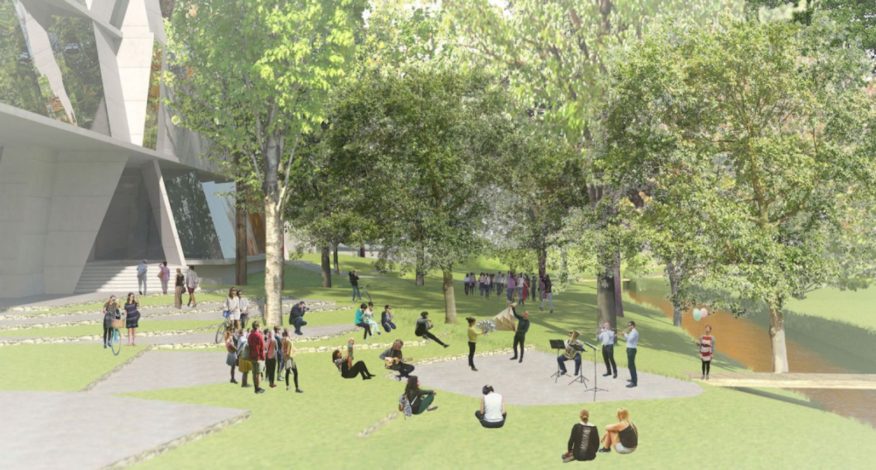
The Concert Hall
The concert hall has been designed in the highest acoustic standard. To provide the most even acoustic field rich in reverberation energy, we offer a “shoebox” type room with side panels and back balconies. An additional advantage of this solution is the intimate character and closeness between the artists and the audience. Trapezoid lumps of acoustic panels torment the architectural language of the whole object, creating space only for music also affect the form and the artistic expression of the room.

The Foyer
The concept assumes a clear connection of the object with the environment by opening the main entrances along the east-west axis. This axis connects the eastern entrance zone and the main courtyard with the foyer of the concert hall, guiding guests through all floors in constant contact with nature, because thanks to large-area glazed windows from the foyer stretches like an unobstructed view of the park. The connection was also opened on the north-south axis with free flow inside – outside, communicating foyer, cafe and square in front of MCM.

People and Music
The goal was to create an open plan with a clear and legible user interface zoning, while meeting functional requirements with various openings, visual connections, non-obvious forms. The concept assumes a clear connection between the object and the environment through opening major entries along the east-west axis. This axis connects the eastern entrance zone and the main courtyard with the concert hall foyer, leading guests through all storeys in constant contact with nature, because thanks to the large surface area glazing from the foyer stretches like an unobstructed view of the park.

The main courtyard combines external and internal functions, leading guests through individual activities, on terraces, to the park. The vertical partitions in the building are partly open. Thanks, in the interior the landscape is also formed, which through glazing and access from the side the northern one seamlessly connects with the park. From the interior there is a panoramic view of the park – a monument in honor of Frederic Chopin, combining with the genius loci of this unique place. Melody stopped in time using concrete and glass forms geometric, vibrating in a space created from walls and pillars, the uniqueness of which is additionally accentuated by trapezoidal solids.

Practice Rooms
The area of the classrooms was at the center of activity and interest. Through glazing and opening it is to present the everyday musical activity of the Center. The first floor of the building was designed as a “level for music”, fulfilling various needs of users. Placing all musical rooms on the first floor (rehearsal rooms, dressing rooms, chamber and concert rooms) located in close proximity to each other, combines them functionally in a clear way, enabling easy communication. Exercise rooms, depending on your preferences, may be available to viewers or closed to unauthorized access.

Dialogue between Existing and New
The founding of the International Music Center will be established in the immediate vicinity of the park near the birthplace of Fryderyk Chopin. The goal was to be aware of entering a new object and its surroundings so that they would become a part of the monument in honor of the composer. The building, despite its cubature, is to assume a complementary role in relation to the existing elements.The overriding premise was to link the interiors of MCM with the nearest surroundings and on a larger scale with the park Krzywda – Polkowskiego and providing guests free access to the entire assumption and to the Investor full freedom in the organization of work and life of the object. Source by Ryuichi Sasaki/Sasaki Architecture.
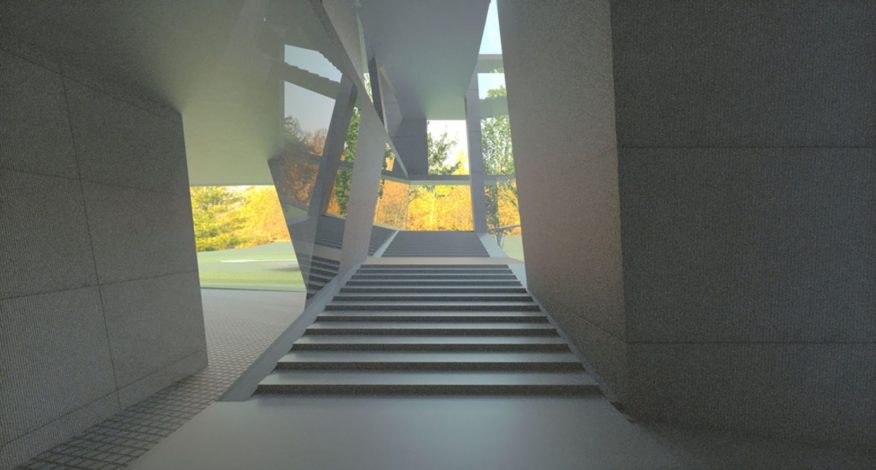
- Location: Zelazowa Wola, Poland
- Architect: Ryuichi Sasaki/Sasaki Architecture
- Project Team: Gen Sakaguchi, Anna Kwapień, Michal Rogozinski
- Local Architect: Jacek Lenart/Studio A4
- Structure Engineer: Ayumi Isozaki/Schnetzer Puskas Ingenieure AG
- Acoustic Consultant: Akira Ono/Nagata Acoustics
- Landscape Design: Takeshi Matsuo/PLAT design
- Client: The Fryderyk Chopin Institute
- Total area: 11,278 m2
- Status: Competition 2018
- Images: Ryuichi Sasaki/Sasaki Architecture, Courtesy of Neoplus Sixten Inc.

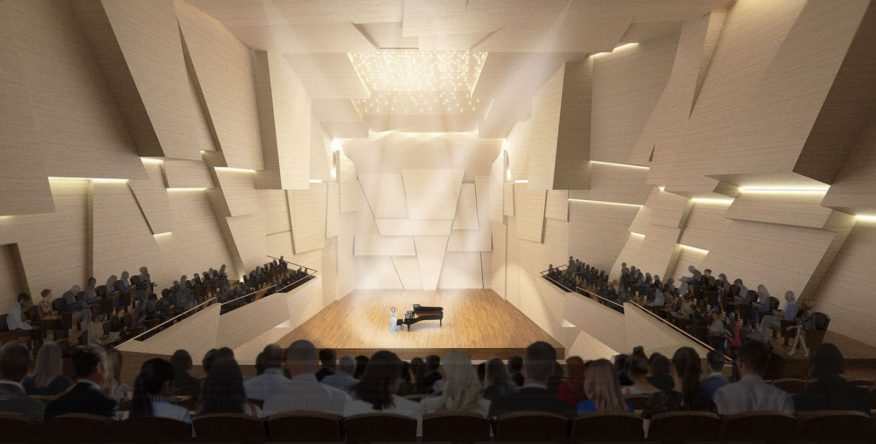






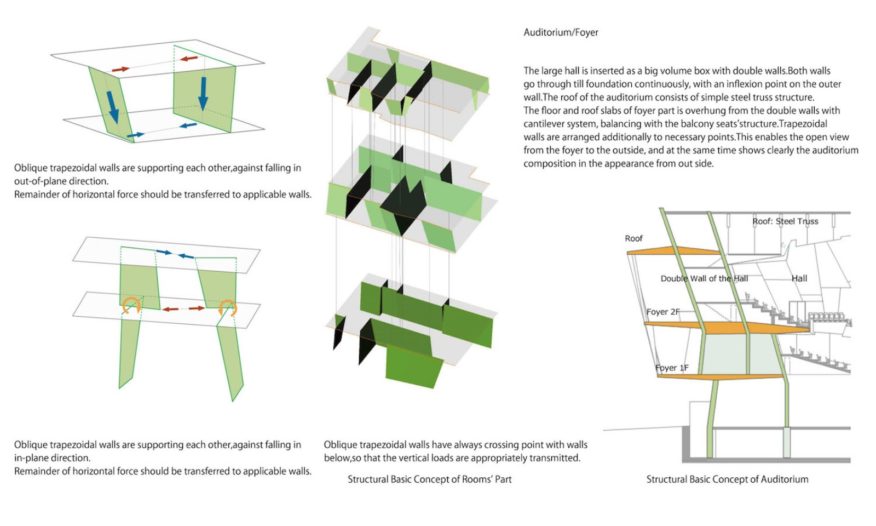

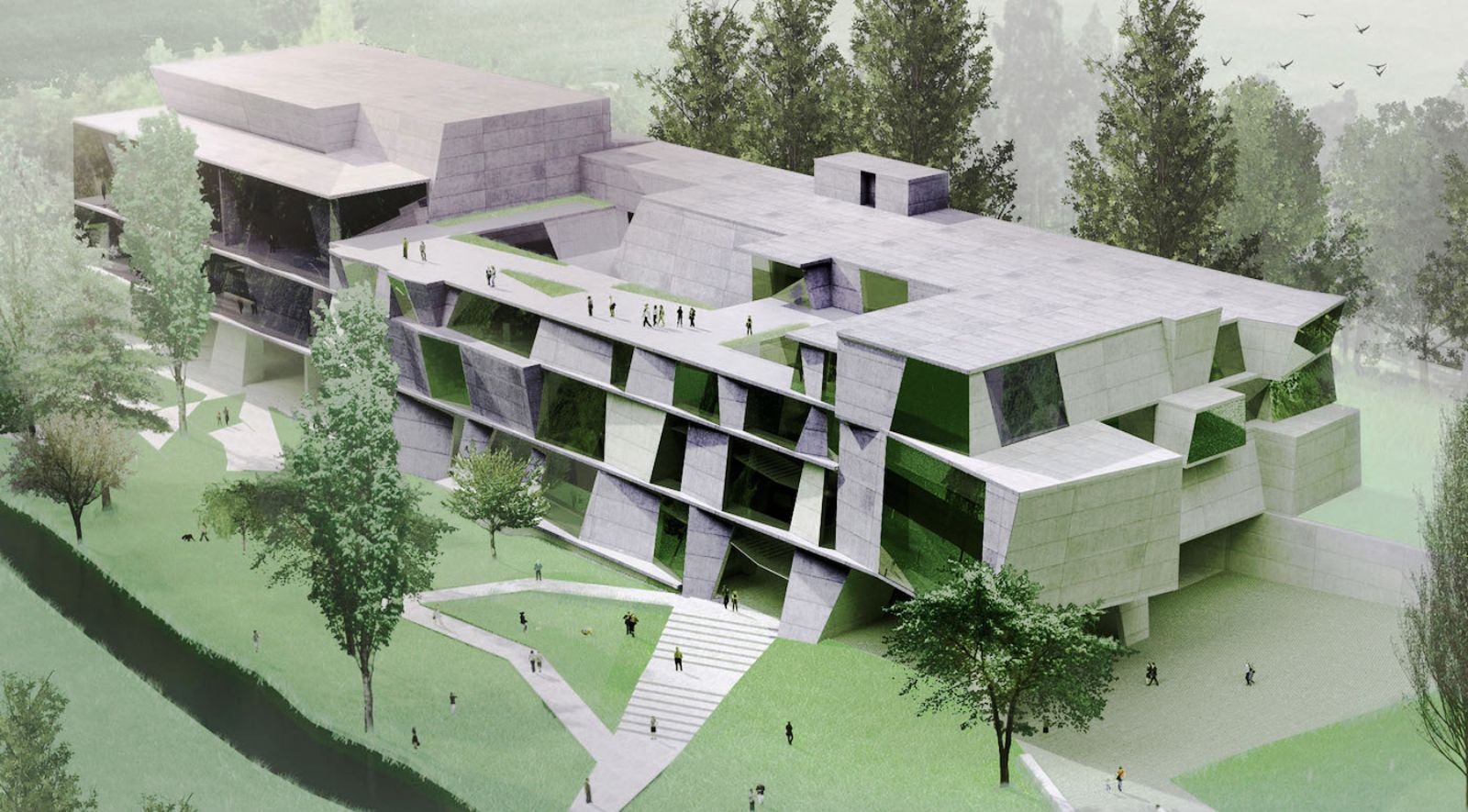
Definitely, what a great site and revealing posts, I will bookmark your site.All the Best!
Do you people have a facebook fan page? I looked for one on twitter but could not discover one, I would really like to become a fan!
https://www.facebook.com/aasarchitecture
https://twitter.com/aasarchitecture
https://www.instagram.com/aasarchitecture